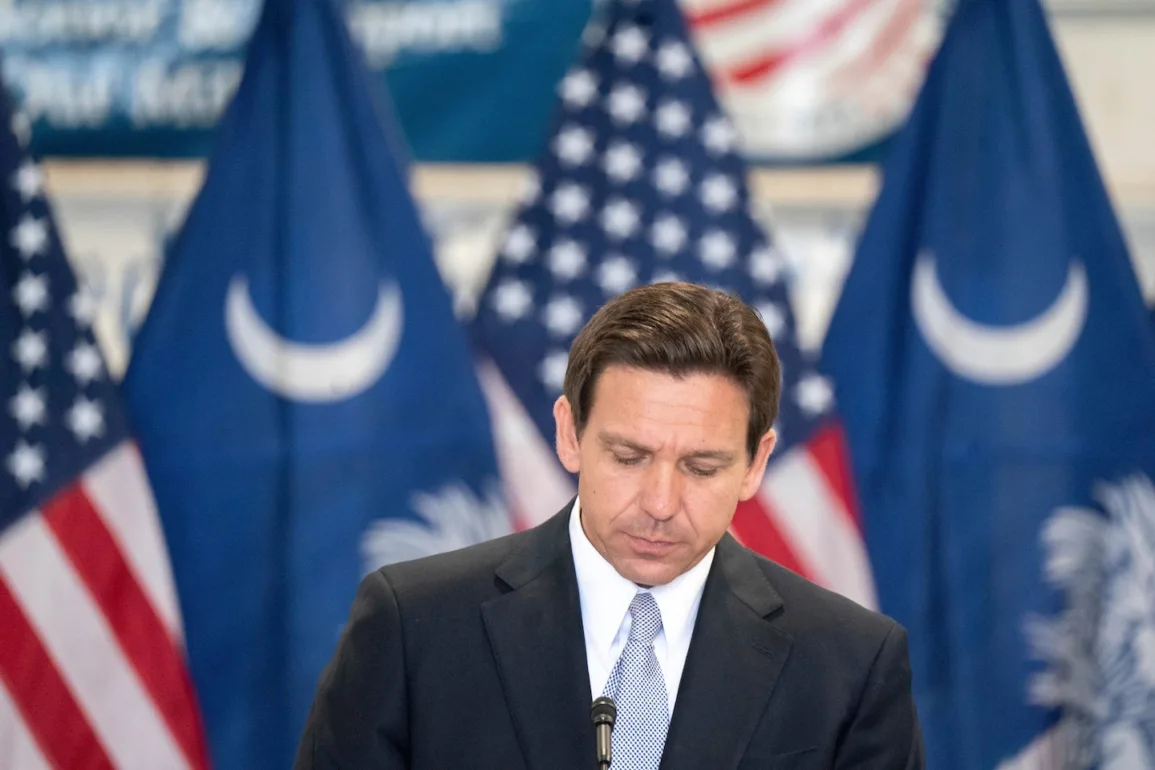It starts, as so many debates do these days, with politics.
In 2019, the New York Times unveiled the “1619 Project,” commemorating the 400th anniversary of the arrival of the first enslaved Africans in what is now the United States. The project included essays examining the lingering effects of slavery and — particularly given the heightened attention paid to issues of race in the wake of the Black Lives Matter protests that had begun in 2014 triggered predictable criticism.
When George Floyd was killed by a police officer in Minneapolis in May 2020, sparking a new round of protests, the Times’s presentation of American history was elevated as a demonstration of how “the left” was purportedly trying to use race to undermine American history, if not American exceptionalism. President Donald Trump, pushing toward the 2020 election, announced a group to develop history standards that would be a counterpoint to the Times’s effort. He called it the 1776 Commission, but it was colloquially called the “1776 Project.”
This was the core debate: Should students be given a nuanced presentation of the institution of slavery and its effects — a presentation that would certainly not be flattering to America’s past leaders — or should they instead be taught to revere the Founding Fathers and the often-unrealized organizing principles of the country?
After Joe Biden became president, this debate got muddier. Pushed by right-wing activists and aided by Fox News, the right became focused on the idea that students were being taught “critical race theory” (CRT), an advanced academic regimen that simply wasn’t a significant component of educational efforts at lower grade levels. But CRT was a useful stalking horse for the right, allowing it to leverage lingering pandemic-related hostility toward schools to accuse the left of indoctrination and Marxism, all wrapped in a package of White resentment.
In early 2021, Florida Gov. Ron DeSantis (R) — already clearly thinking about the 2024 Republican presidential nomination — signed H.B. 5 into law. It mandated that the state “create an integrated K-12 civic education curriculum” that defended the primacy of democracy.
The new curriculum field-tested last year also downplayed the issue of slavery. A teacher told a Jacksonville television station that one part of the curriculum suggested that “the founders, quote, ‘did all they could,’ on the issue of slavery, that was what they were trying to convince us of.” Another component of the curriculum suggested that slavery in colonial America was only a small fraction of slavery elsewhere in the hemisphere.
By late 2021, DeSantis had fully leaned into his persona as the Republican battling “wokeism,” whatever that meant at the moment. He advocated the “Stop W.O.K.E. Act,” which would, among other things, “[take] a stand against the state-sanctioned racism that is critical race theory,” as he said in a statement. “We won’t allow Florida tax dollars to be spent teaching kids to hate our country or to hate each other.”
Once signed into law, Florida’s Board of Education was tasked with revising the overall social studies curriculum in the state. Those revisions were made public last week, immediately triggering outcry over the way in which slavery was addressed. At one point, for example, the curriculum recommends that a discussion of the work performed by enslaved people consider “how slaves developed skills which, in some instances, could be applied for their personal benefit.”
Asked about that particular component of the changes, DeSantis defended the idea.
“They’re probably going to show that some of the folks that eventually parlayed, you know, being a blacksmith into doing things later in life,” he said in response to a reporter’s question.
If they weren’t already, the politics were now baked in. There was no turning back for DeSantis, whose presidential campaign depends on his positioning as both the get-things-done governor and the guy battling the encroachment of uncomfortably nuanced discussions of America’s racial history.
A spokesperson for the state Education Department released a statement from two of the people who helped develop the curriculum. In it, they insisted that “some slaves developed highly specialized trades from which they benefitted.” It included trades like shoemaking or tailoring and identified both well-known and more anonymous figures as examples.
On the Fox News afternoon show “The Five,” co-host Jesse Watters seized upon his team’s defensive position.
That enslaved people developed such skills “is well documented among historians,” he insisted, apparently citing the above statement. “This is historical fact that slaves did develop skills while they were enslaved and then used those skills — as blacksmiths, as in agriculture, tailoring, in the shipping business — to benefit themselves and their families once they were freed.”
This, he said, was “not controversial” and — suggested that it was critics and the left who were demeaning Black Americans — insisting that this showed “the resilience and the aptitude of the enslaved African Americans” despite the brutal conditions in which they lived.
There were a few problems with this argument, though.
The first is that many of those identified as having parlayed skills learned while enslaved to their benefit were never actually enslaved. This was pointed out by a Twitter user who walked through examples. Ned Cobb was born after slavery ended. Lewis Latimer was never enslaved. James Forten was born free. Booker T. Washington was born an enslaved person but only learned to read after he was freed. And so on. The “some slaves” who developed these skills often turn out not to have been enslaved or to have developed skills in enslavement at all.
The other problem is that not all enslaved people were freed. Being enslaved was not a temporary condition applied to Black people for a period of 10 years. It was a life of involuntary servitude, with enslavement often ending only when the enslaved person died.
Because the Constitution differentiated between free and enslaved people, the Census Bureau tallied the size of those groups until slavery was abolished. In 1860, the bureau’s enumeration included tallies of the number of freed people over time. In 1800, for example, there were about 108,000 freed people compared with 1 million enslaved ones. By 1860, there were 488,000 freed people and 3.9 million who were enslaved.
By 1865, research indicates that there were about 3.7 million enslaved people in the United States, people who were soon freed. But there were about 9.8 million enslaved people over the course of American history, less than half of whom, it’s safe to assume, were ever granted freedom. Whatever skills they gained while enslaved were put to the use of the enslavers, not themselves.
On Tuesday, President Biden was joined by Vice President Harris for the announcement of a new national monument honoring Emmett Till. In her remarks, Harris — the daughter of a Black father — addressed the ongoing, politically focused discussion of slavery.
“Today, there are those in our nation who would prefer to erase or even rewrite the ugly parts of our past. Those who attempt to teach that enslaved people benefited from slavery,” Harris said. “Those who insult us in an attempt to gaslight us, who try to divide our nation with unnecessary debates. Let us not be seduced into believing that somehow we will be better, if we forget. We will be better if we remember. We will be stronger if we remember.”
As long as there’s political value in disparaging discussions of America’s racial history as a left-wing attack on patriotism, though, the nature of the memory itself will be subject to debate.



